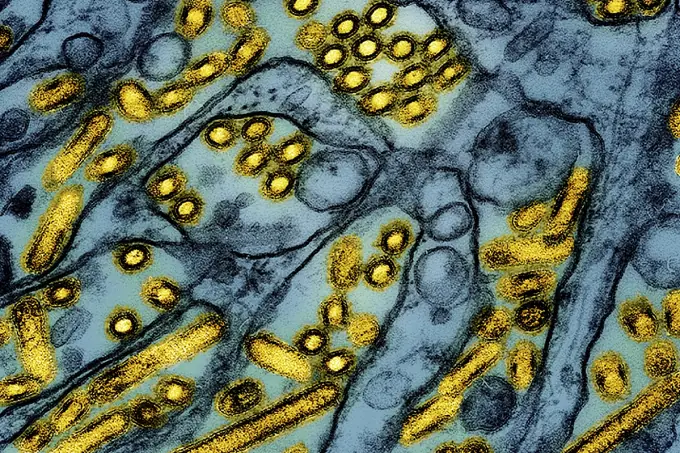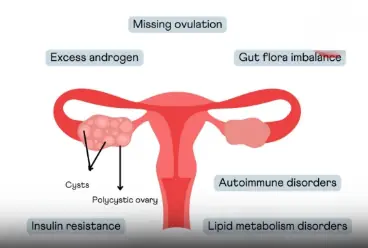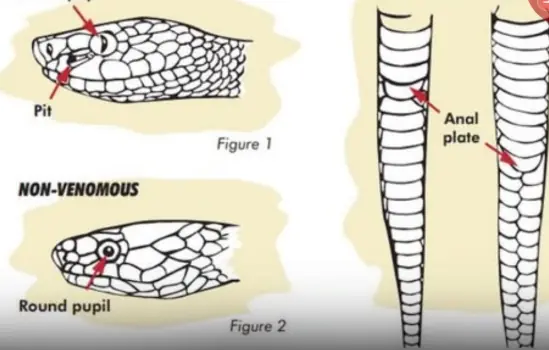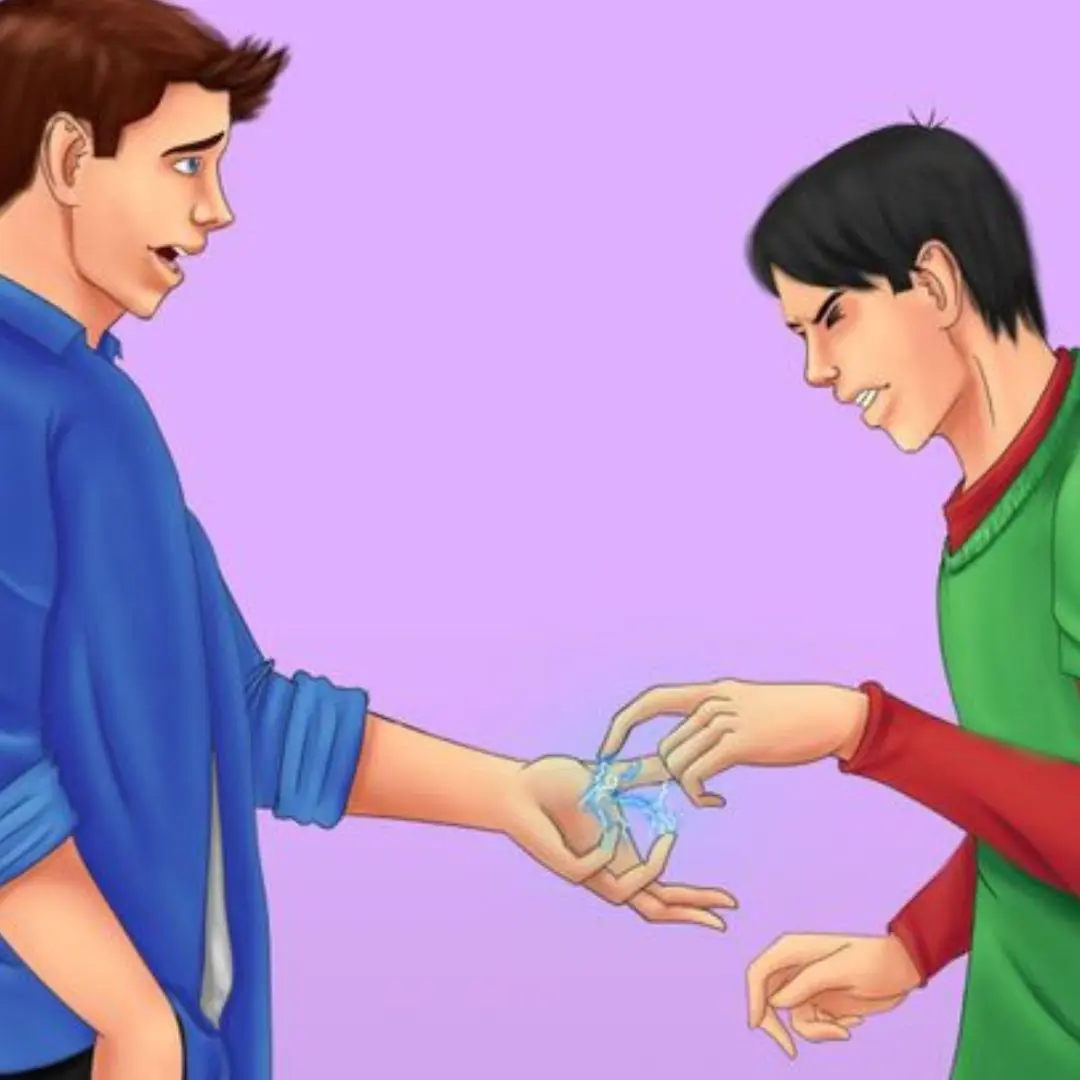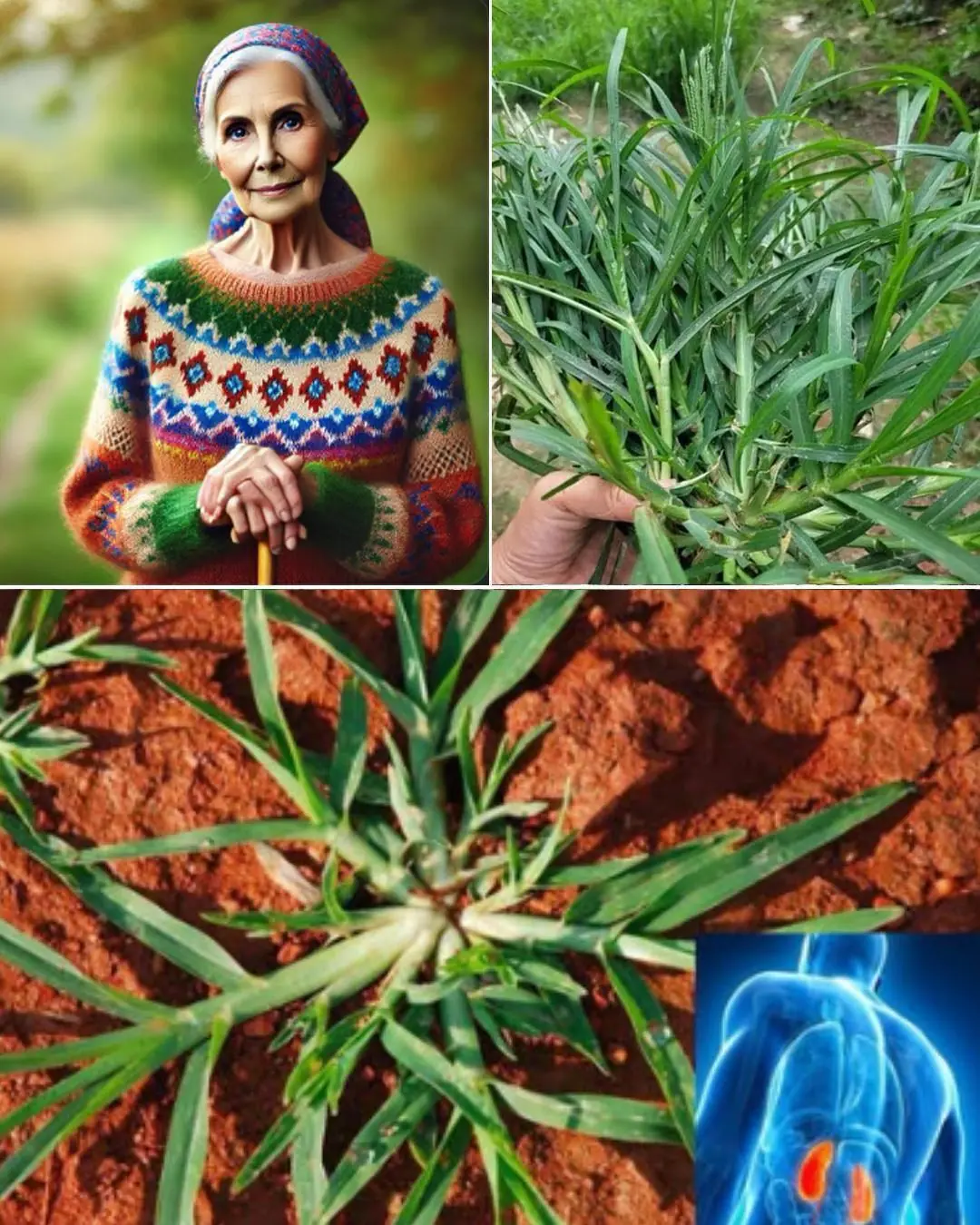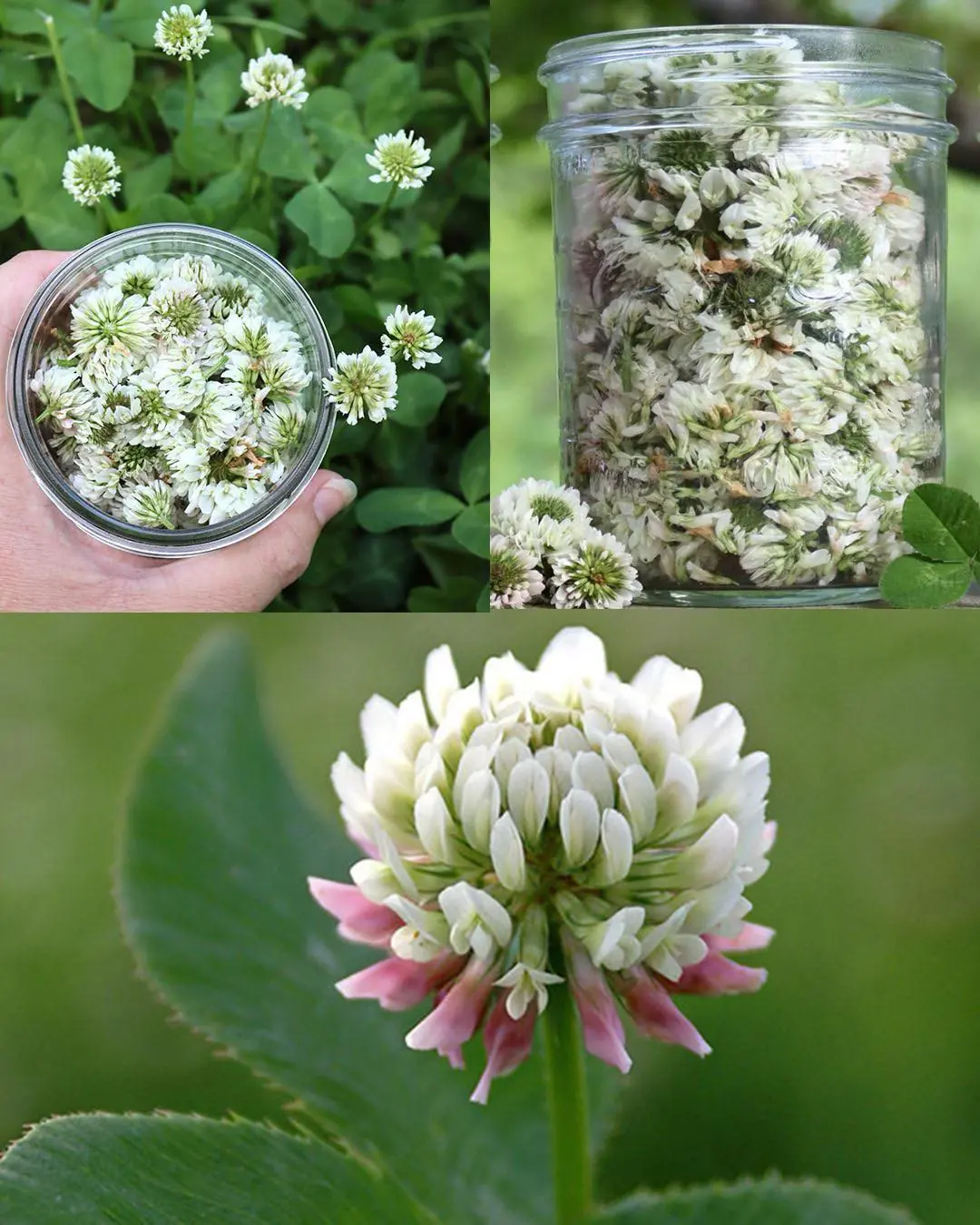One March morning, more than 100 years ago, a soldier in Kansas went to the infirmary with symptoms of fever, muscle aches, and sore throat.
By lunchtime, dozens of others were showing similar symptoms. They were suffering from what would become known as the Spanish flu. In just a few months, the virus would infect a third of the world’s population and kill an estimated 100 million people.
It could happen again. Experts say the scale of the 1918-1919 flu pandemic was unprecedented, but another pandemic similar to Covid-19 is inevitable.
Given the limitations of current medicines, influenza can kill 650,000 people even in a non-pandemic year. About a third of those infected remain asymptomatic. Yet the three to five million people who get severe flu each year still represent a huge economic burden.
The question is: "Why is this common, familiar virus still a threat after decades of research, when medical advances have eradicated smallpox and significantly reduced malaria and polio?"
“Influenza A is a classic example of rapid change,” explains molecular virologist professor Jonathan Ball of the University of Nottingham.
Unlike many other viruses, influenza exists in dozens of subtypes, with H1N1 and H3N2 currently circulating in humans. These two strains can themselves split into many smaller, constantly emerging variants that require separate seasonal vaccines.
Vaccines work by mimicking the virus — exposing the body to the pathogen, but in a weakened, non-pathogenic form. When faced with an invading virus, the immune system takes a few days to create a range of attack “weapons,” including antibodies.
After defeating a virus, antibodies remain in place in case the same pathogen returns later, preparing for a faster counterattack the second time around. But the flu virus evolves over the years, overcoming the antibody “soldiers.”
Its first and most common strategy for change is “antigenic drift” —small genetic changes that occur as the virus replicates, making it slightly different from previous flu seasons. These changes are usually in the virus’s surface proteins, HA (hemagglutinin) and NA (neuraminidase).
Small changes often create closely related viruses with similar antigenic properties. However, antigenic drift over time reduces the ability of antibodies to bind to viruses, making human immunity or immunity from vaccines less effective.
Antigenic drift is an important reason why people get the flu multiple times throughout their lives, and it is also the reason why influenza vaccines used in the Northern and Southern Hemispheres need to be updated annually.
The second, rarer technique viruses use to mutate is called “antigenic shift .” This is what causes deadly pandemics every few years or decades.
Antigenic shift occurs when subtypes of influenza A or animal and human viruses exchange genetic material. This results in a completely new strain that few people have immunity to.
Influenza viruses are constantly changing their genes and often undergo antigenic drift, but antigenic shift is less common. In the past 100 years, the world has only recorded 5 pandemics: Spanish flu, Asian flu in 1957, Hong Kong flu in 1968, swine flu in 2009 and Covid-19.
Unlike smallpox, polio or measles, influenza has a natural habitat. The virus resides in birds, so it can cross the species barrier, jumping to animals closer to humans, such as pigs and horses, with relative ease.
Smallpox, polio or measles do not possess “reservoirs” from animals, explains virologist David Evans, University of St Andrews in Scotland.
“Because they only spread in human populations, we can eliminate them easily with vaccines,” he said.
These factors suggest that the risk of a future pandemic remains, according to influenza expert Wendy Barclay of Imperial College London. The severity and number of deaths depend on the subtype of the virus and how it evolves.
